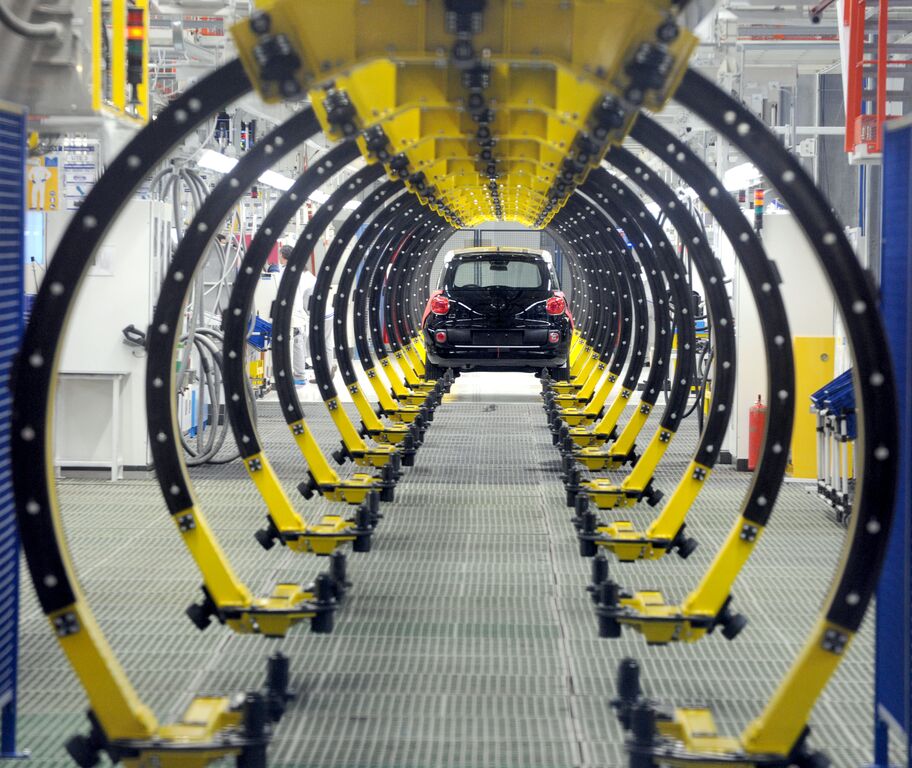
Kanban is an inventory control system tool, often used in conjunction with the larger concept of just-in-time (JIT). It originated in Japan in 1940 as part of the Toyota Production System to reduce costs. Translated literally, the word is a compound of kan, meaning visual, and ban, meaning cards. Here's how this system came to be and how it helps manufacturers create a visual picture of their work flow.
Kanban's Origin and Evolution
According to Toyota, the idea was originally borrowed from the way supermarkets utilize product control cards to alert purchasing departments when an item is exhausted on the shelf. This ensures that shelves are always stocked with the items consumers want in appropriate quantities. Toyota saw that this method eliminates the need for high inventories that drive up costs. The cards include all the product related information (name, code, shelf location) necessary to generate a purchase order. Kanban is a way to avoid the production of excess parts if they are not immediately needed- aligning inventory levels with what is actually needed.
Both Kanban and JIT are centered the concept of inventory as a cost center which can be minimized by focusing on having the right material, at the right time, at the right place and in the exact amount needed. This methodology is not an inventory control system, but rather a scheduling system based on diligent attention to inventory levels of product parts on hand. Kanban can be viewed as one means to achieve JIT.
How Kanban Works
The "three bin system" does a great job of illustrating the Kanban concept. The first bin is kept on the production floor for direct use in a product. The second bin is held in inventory. The third bin exists at the supplier. Each of the three bins has a copy of the detailed product card with both the quantity and receipt date included.
When the supply of a specific part runs close to empty on the production floor, a point person sends a message to the inventory department which delivers the second bin to the production floor. This immediately sends an alert to the supplier that produces that part (or that orders that part) for additional items; the supply in inventory of that part, thus, never reaches zero or threatens to hold up production. A manufacturing firm can regularly fine-tune inventory levels so that they are perfectly aligned with production levels. Ultimately, it is a “pull” system based on demand for the end-product, rather than based on an estimated forecast.
Technological improvements in communications systems have led to the creation of e-kanban. This real-time scheduling of inventory supply has increased productivity over the traditional card method. The old bulky board laden with cards now becomes a flexible screen display with the ability to manipulate and sort information easily. Information can be viewed by project, by part, and by stage in the production process.
Related Lean Manufacturing Video
APS Resources
Topics: Lean Manufacturing, Kanban




















LEAVE A COMMENT